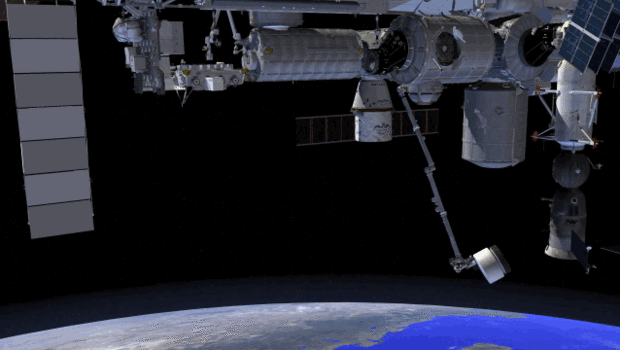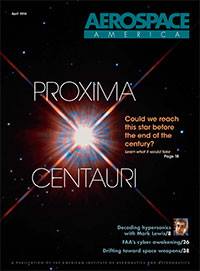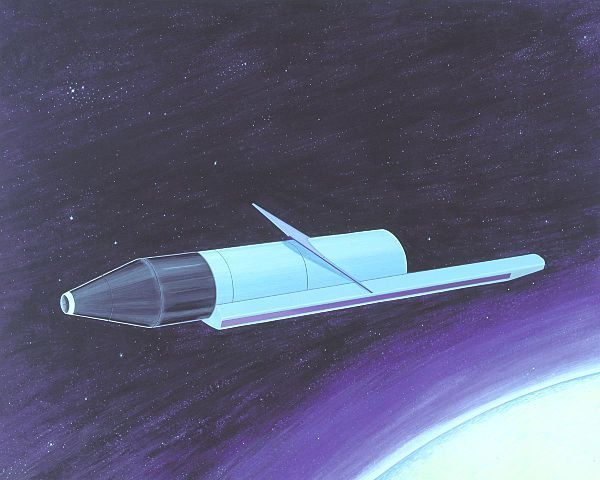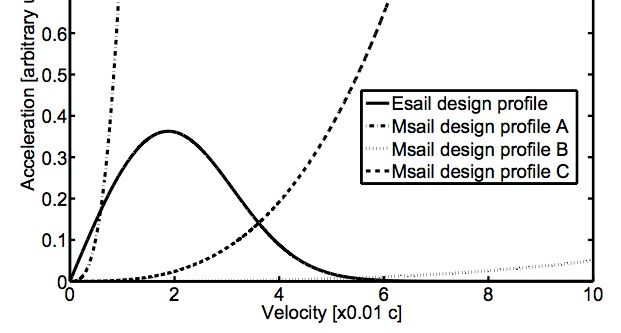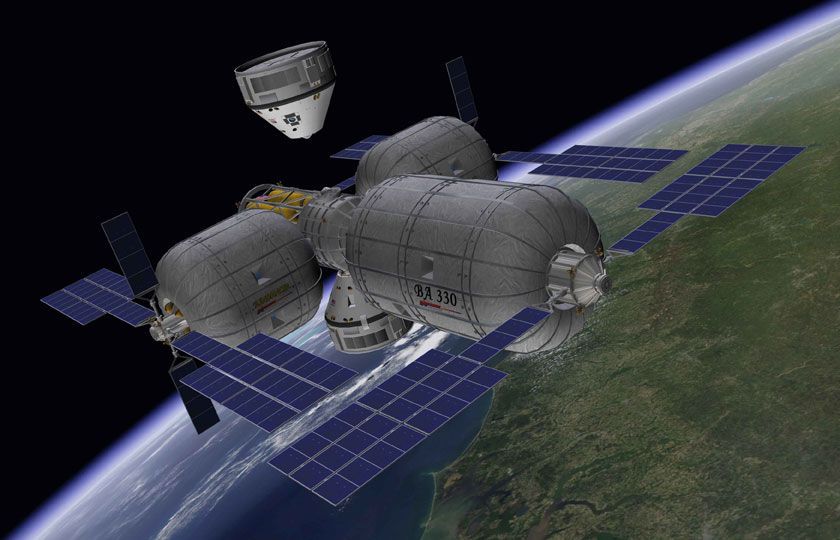Archive for the ‘space travel’ category: Page 472
Apr 6, 2016
Elon Musk’s Space Dream Almost Killed Tesla
Posted by Klaus Baldauf in categories: business, Elon Musk, military, space travel, sustainability
SpaceX started with a plan to send mice to Mars. It got crazier from there.
In late October 2001, Elon Musk went to Moscow to buy an intercontinental ballistic missile. He brought along Jim Cantrell, a kind of international aerospace supplies fixer, and Adeo Ressi, his best friend from Penn. Although Musk had tens of millions in the bank, he was trying to get a rocket on the cheap. They flew coach, and they were planning to buy a refurbished missile, not a new one. Musk figured it would be a good vehicle for sending a plant or some mice to Mars.
Ressi, a gangly eccentric, had been thinking a lot about whether his best friend had started to lose his mind, and he’d been doing his best to discourage the project. He peppered Musk with links to video montages of Russian, European, and American rockets exploding. He staged interventions, bringing Musk’s friends together to talk him out of wasting his money. None of it worked. Musk remained committed to funding a grand, inspirational spectacle in space and would spend all of his fortune to do it. And so Ressi went to Russia to contain Musk as best as he could. “Adeo would call me to the side and say, ‘What Elon is doing is insane. A philanthropic gesture? That’s crazy,’” said Cantrell. “He was seriously worried.”
Apr 6, 2016
I4is featured in Aerospace America: PROXIMA CENTAURI
Posted by Andreas Matt in category: space travel
Interesting…
BY 2099.
The April issue of Aerospace America, the flagship journal of the American Institute of Aeronautics and Astronautics (AIAA), features an article on interstellar travel. Among the topics presented, i4is’ Project Dragonfly.
Continue reading “I4is featured in Aerospace America: PROXIMA CENTAURI” »
Apr 5, 2016
Nvidia Unveils New Supercomputers and AI Algorithms
Posted by Karen Hurst in categories: information science, robotics/AI, space travel, supercomputing, virtual reality
Big day for Nvidia with announcements on AI and VR.
The first day of the company’s GPU Technology Conference was chock full of self-driving cars, trips to Mars, and more.
Apr 4, 2016
1.5 Years to Mars? Russia Could Do It in 1.5 Months
Posted by Andreas Matt in category: space travel
Apr 4, 2016
Combining Magnetic and Electric Sails for Interstellar Deceleration into target solar systems
Posted by Klaus Baldauf in categories: particle physics, space travel
The main benefit of an interstellar mission is to carry out in-situ measurements within a target star system. To allow for extended in-situ measurements, the spacecraft needs to be decelerated. One of the currently most promising technologies for deceleration is the magnetic sail which uses the deflection of interstellar matter via a magnetic field to decelerate the spacecraft. However, while the magnetic sail is very efficient at high velocities, its performance decreases with lower speeds. This leads to deceleration durations of several decades depending on the spacecraft mass. Within the context of Project Dragonfly, initiated by the Initiative of Interstellar Studies (i4is), this paper proposes a novel concept for decelerating a spacecraft on an interstellar mission by combining a magnetic sail with an electric sail. Combining the sails compensates for each technologys shortcomings: A magnetic sail is more effective at higher velocities than the electric sail and vice versa. It is demonstrated that using both sails sequentially outperforms using only the magnetic or electric sail for various mission scenarios and velocity ranges, at a constant total spacecraft mass. For example, for decelerating from 5% c, to interplanetary velocities, a spacecraft with both sails needs about 29 years, whereas the electric sail alone would take 35 years and the magnetic sail about 40 years with a total spacecraft mass of 8250 kg. Furthermore, it is assessed how the combined deceleration system affects the optimal overall mission architecture for different spacecraft masses and cruising speeds. Future work would investigate how operating both systems in parallel instead of sequentially would affect its performance. Moreover, uncertainties in the density of interstellar matter and sail properties need to be explored.
The Msail (Magnetic Sail) consists of a superconducting coil and support tethers which connect it to the spacecraft and transfer the forces onto the main structure. The current through the coil produces a magnetic field. When the spacecraft has a non-zero velocity, the stationary ions of the interstellar medium are moving towards the sail in its own reference frame. The interaction of ions with the magnetosphere of the coil leads to a momentum exchange and a force on the sail, along the direction of the incoming charged particles.
According to Zubrin, the current densities of superconductors can reach up to jmax = 2 · 1010A/m2 and this is the value used in the analysis. For the material of the sail, the density of common superconductors like copper oxide (CuO) and YBCO was used, with ρMsail = 6000 kg/m3.
Apr 4, 2016
Robotic in orbit assembly of massive sails and laser propulsion elements for fast travel anywhere in the solar system and beginner interstellar capability
Posted by Andreas Matt in categories: robotics/AI, solar power, space travel, sustainability

Robotic in orbit assembly and laser propulsion could enable vast increases in space capability while not significantly changing the world civilization energy budget.
Robotic and additive manufacturing could enable massive frames and massive solar power arrays.
Apr 4, 2016
Newly developed Super Strong Metal can be used in Space Exploration
Posted by Klaus Baldauf in categories: materials, space travel
Researchers from the University of California has developed magnesium based super strong metal also very light weight. This new material composition of magnesium infused with ceramic silicon nanoparticles. This new technique nanoparticles boost the strength materials. Usage of nanoparticles also provides flexibilty to the materials.
Research main target extremely strong and lightweight metal can be used is space projects
In order to use this extremely strong and lightweight metal for space-exploration projects, the researchers developed a new method in dispersing and stabilizing nanoparticles in molten metals.
Continue reading “Newly developed Super Strong Metal can be used in Space Exploration” »
The technology to make starships work is still way off — but that isn’t stopping us from thinking about how it might work.
Mar 31, 2016
Boeing CST-100: Next-Generation Spaceship
Posted by Sean Brazell in category: space travel
The Boeing Co. is one of two companies funded by NASA to develop spacecraft for the International Space Station. Its CST-100 Starliner is expected to fly with an astronaut on board no earlier than 2017.
The firm is best known for its large passenger jets. In space, it has performed work on the space shuttle and the ISS, among other projects.
The CST-100 is similar in shape to the Apollo spacecraft, but should have electronics that are half a century more advanced. Its gumdrop shape also looks somewhat like the Orion Crew Exploration Vehicle being constructed right now by Lockheed Martin and its partners. Orion is designed to carry astronauts beyond low Earth orbit.
